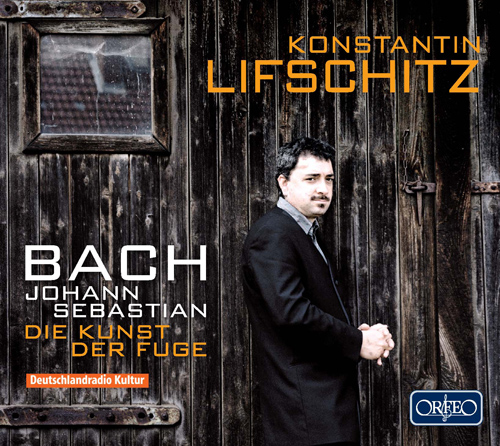Die Kunst der Fuge (The Art of Fugue), BWV 1080
2. Contrapunctus II
02:40
3. Contrapunctus III
02:57
4. Contrapunctus IV
04:25
6. Contrapunctus VI a 4 in Stylo Francese
03:41
7. Contrapunctus VII a 4 per Augmentationem et Diminutionem
03:00
8. Contrapunctus VIII a 3
05:37
9. Contrapunctus IX a 4 alla Duodecima
02:24
10. Contrapunctus X a 4 alla Decima
04:21
11. Contrapunctus XI a 4
06:27
Disc 2
1. Contrapunctus inversus XII a 4, forma inversa
03:56
2. Contrapunctus inversus XII a 4, forma recta
03:52
3. Contrapunctus inversus XIII a 3, forma recta
02:09
4. Contrapunctus inversus XIII a 3, forma inversa
02:12
5. Fuga inversa a 2 Claviere: Forma inversa
02:01
6. Alio modo: Fuga inversa a 2 Claviere: Forma recta
02:07
7. Canon in Hypodiapason
06:14
8. Canon I, per Augmentationem in Contrario Motu
04:10
9. Canon II, alla Ottava
03:11
10. Canon IV, alla Duodecima in Contrapunto alla Quinta
03:17
11. Canon III, alla Decima in Contrapunto alla Terza
05:01
12. Fuga a 3 Soggetti
10:26
18 Chorales, BWV 651-668, "Leipziger Chorale": Wenn wir in hochsten Noten sein, BWV 668a
13. 18 Chorales, BWV 651-668, "Leipziger Chorale": Wenn wir in hochsten Noten sein, BWV 668a
04:53
Total Playing Time: 01:35:50

















